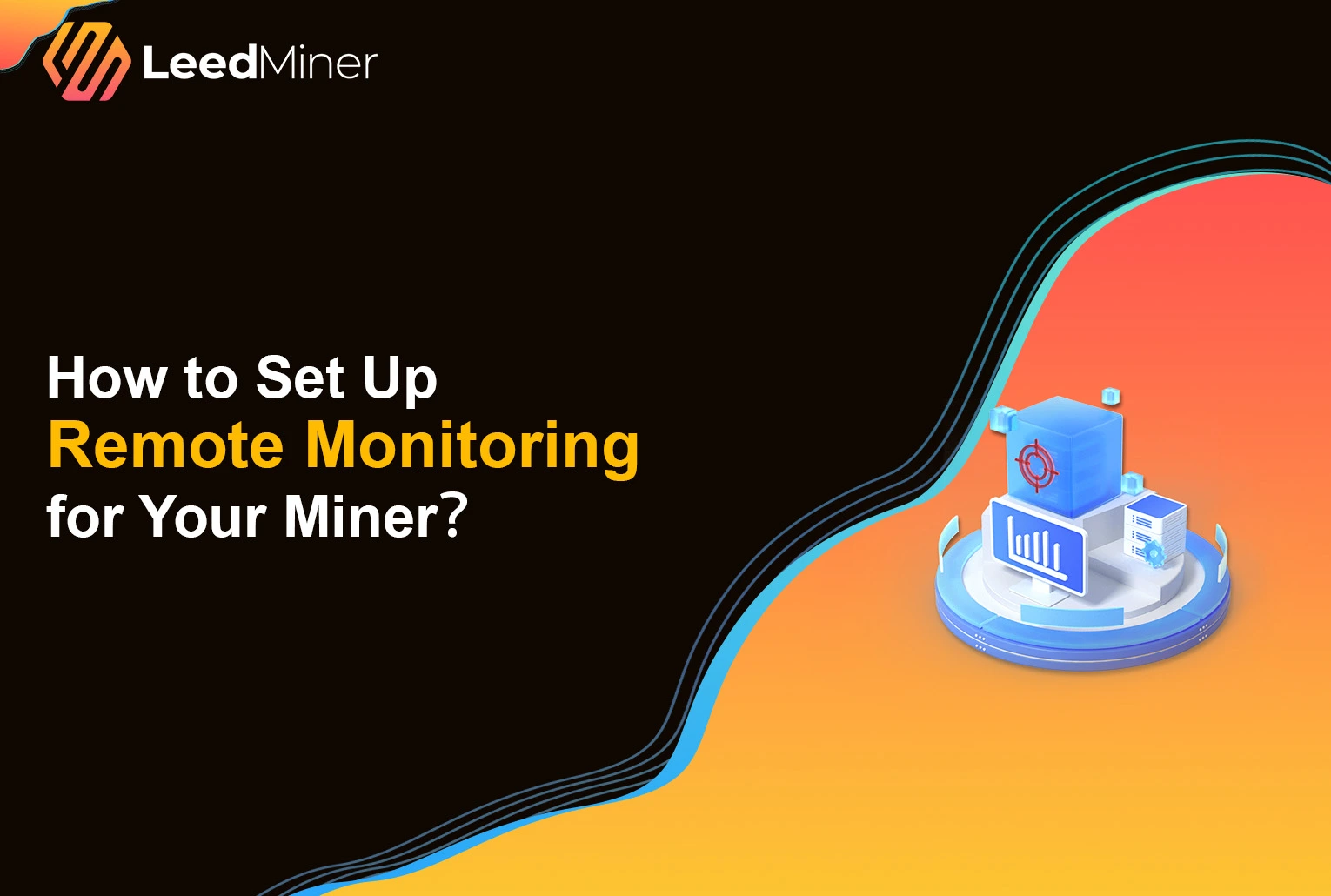SUMMARY
As cryptocurrency mining scales up, remote monitoring becomes increasingly important for maximizing efficiency, uptime, and profitability. Whether you’re running a home miner or managing an entire farm, being able to check your rig’s status from anywhere helps you spot issues quickly, stay on top of performance, and reduce manual intervention.
This guide explains how to set up remote monitoring for your miner step by step—from choosing the right software to securing your access.
Choosing the Right Monitoring Tool
Choosing the appropriate monitoring platform depends on your mining setup, scale, and technical comfort level.
Built-in vs Third-party Monitoring
Most ASIC miners like Antminer or WhatsMiner come with their own basic web interfaces. These are fine for simple use cases, but lack advanced features such as alert systems, centralized dashboards, or scalability.
Third-party platforms offer more comprehensive options:
- Hive OS – Supports both ASIC and GPU mining. Known for its user-friendly dashboard, automation tools, and remote control.
- Minerstat – Provides detailed statistics and customizable alerts with support for mobile monitoring.
- Awesome Miner – A Windows-based solution ideal for local or small-scale monitoring.
- Foreman – Suitable for large-scale, enterprise-level mining farms with robust remote access controls.
What is the best software to monitor ASIC miners?
Hive OS and Minerstat are great for remote monitoring with large farms, while Awesome Miner is suitable for hobbyists and Windows-based environments.
Network Setup Basics
Before you connect any monitoring software, you need a solid and secure network foundation.
Key Steps for Network Readiness
- Stable Internet – Your miner must have uninterrupted access, preferably via Ethernet.
- Static IP – Assign a fixed IP to your miner to avoid unexpected disconnections.
- Enable Remote Interfaces – Enable SSH or web dashboard access on your miner.
- Router Configuration – Set up port forwarding if you plan to access devices from outside your local network.
How do I access my miner remotely?
You can access your miner by entering its static IP into your browser (for web UI) or SSH client. For external access, use a VPN or configure port forwarding carefully.
Setting Up Monitoring Software
Once your network is ready, it’s time to set up and configure the monitoring system.
General Setup Workflow
- Install the platform – For example, flash Hive OS to a USB or configure your ASIC to use Hive’s connection string.
- Create a Worker – Set up your device in your chosen platform’s dashboard.
- Connect the Miner – Add the miner’s IP, credentials, or config file to link it to the dashboard.
- Configure Alerts – Set parameters for hashrate drops, temperature thresholds, or device disconnects.
- Start Monitoring – Use the dashboard or mobile app to track metrics in real time.
Enabling Remote Access (Optional but Advanced)
Setting up remote access allows full control of your miner even when you’re off-site—but security becomes critical.
Secure Methods for Remote Access
- VPN – Best practice for creating secure tunnels between your device and your miner.
- Port Forwarding – Avoid using default ports, and whitelist IPs if possible.
- Remote Desktop Tools – Use apps like AnyDesk or TeamViewer if managing a GUI system like Windows + Awesome Miner.
Is it safe to monitor my miners remotely?
Yes, if proper security is in place—like VPNs, firewall rules, strong passwords, and avoiding public IP exposure.
Mobile App Monitoring
Most leading monitoring platforms offer mobile apps for iOS and Android that let you stay updated on the go.
What You Can Do from Mobile
- Monitor real-time hashrate and temperature
- Receive push notifications for faults or offline status
- Restart or reboot miners remotely
- Monitor multiple devices under one login
Troubleshooting & Maintenance Tips
Even with monitoring in place, occasional issues may arise. Here’s how to deal with them.
Common Issues & Fixes
- Miner Offline – Check IP configuration, internet connection, and power source.
- No Data/Delayed Logs – Verify monitoring agent or API connection is working.
- False Alerts – Adjust thresholds or recalibrate sensors as needed.
- Outdated Firmware – Keep both your miner and monitoring software up to date.
Always keep backup configuration files for quick restoration after reboots or resets.
Security Considerations
Security is a core component of any remote setup. Poor security could result in device hijacking or mining theft.
Best Practices for Miner Security
- Use strong passwords – Avoid factory defaults.
- Enable 2FA – Especially for monitoring platform accounts.
- Restrict Access – Only allow trusted devices or IPs.
- Regular Audits – Review login history and connection logs.
CONCLUSION
Remote monitoring isn’t just convenient—it’s essential for modern mining. With the right tools, proper network setup, and strong security, miners can ensure maximum uptime, fast issue detection, and better profitability. Whether you’re mining with one ASIC or managing an entire rack, remote visibility helps you stay one step ahead.



